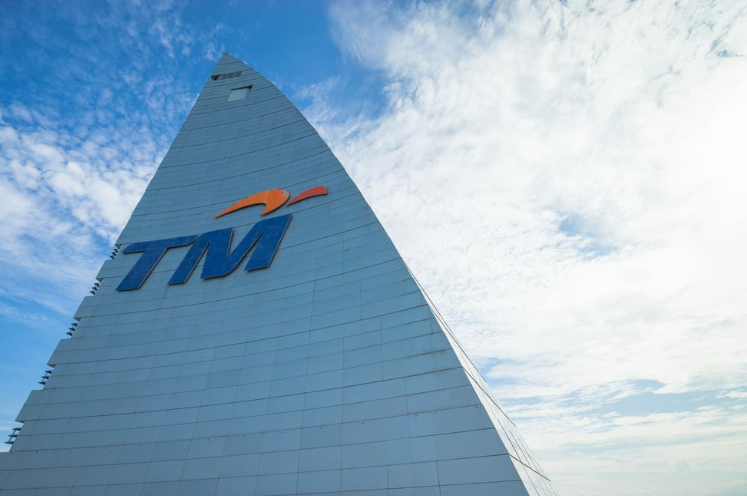Dual Network Model Could Lead To Lower 5G Rollout Costs

With the governments decison on the country’s 5G rollout, research house like Kenanga views the 2024 shift to dual 5G networks positively for the mobile operators as it unshackles the contentious opex model tied to the single wholesale network approach. The latest move will move control and 5G spectrum ownership to the telecommunication firms, and joint network collaborations will ultimately lead to lower 5G rollout costs and cost to serve. While this is positive for mobile stocks’ sentiment, Kenanga said it prefers the fixed line segment on more discernible catalysts and structural growth prospects.
Based on the announcement by the Communication and Digital Ministry Single Wholesale Netwok will transition to a dual network model in early 2024. Minister Fahmi Fadzil recently announced that the Government is continuing with SWN approach until the population coverage of 80% is attained by end 2023. Upon reaching the threshold, 5G will shift to “Phase 2” with the development of a second 5G network in early
Fahmi said a dual network model will avoid the problem of a single point of failure with redundancy in place. He also said that the 5G population coverage had reached 57.8% currently from 54.7% at the end of February with another 22% (c.2,000 additional sites) to achieve the year-end milestone that forms part of the contractual agreement between Digital Nasional (DNB) and network vendor Ericsson.
Privately driven 5G networks will see spectrum reallocated to mobile network operators (MNOs). Under Phase 2, the Government intends for a new entity to roll out the second 5G network (Entity B) (Figure 1) with Entity A taking over the 5G network rollout from DNB. The latter scenario suggests that the company will be disbanded after it reaches its coverage milestone with MNOs taking over thereafter – likely via the sale of DNB by the Finance Ministry, which results in the 5G rollout and control/ownership going back to the MNOs. The house views the outcome positively, as i) MNOs will no longer be shackled to the contentious opex model (wholesale structure) that is tied to the SWN approach while ii) the joint network collaborations amongst the MNOs will be further expedited and lead to lower overall costs for the rollout.
The 5G spectrum could cost upwards of MYR6bn; FY24F-25F earnings impact of 4-6% for CelcomDigi and Maxis. Assuming the 700MHz/3500MHz/mmWave bands are distributed equally to the four major MNOs – and the Government adopts the spectrum assignment framework similar to the previous reallocations of the 900MHz/1800MHz/2600MHz spectrum – Kenanga said it estimates the overall 5G spectrum outlay at >MYR6bn, i .MYR1.6bn per operator. Based on calculations, and incorporating spectrum amortisation and higher financing costs (from additional debt taken to fund the spectrum payment), CDB and Maxis core earnings could potentially decline by 5-6% and 4-5% for FY24-25. Correspondingly, their DCF TPs would be lowered by 3-5% to MYR4.18 and MYR3.83 from MYR4.32 and MYR4.03.
Key downside risks for the telco sector and/or stocks are increased competition, weaker-than-expected earnings, and negative regulatory developments, the opposite represents the upside risks Kenanga concluded.
